Mammals
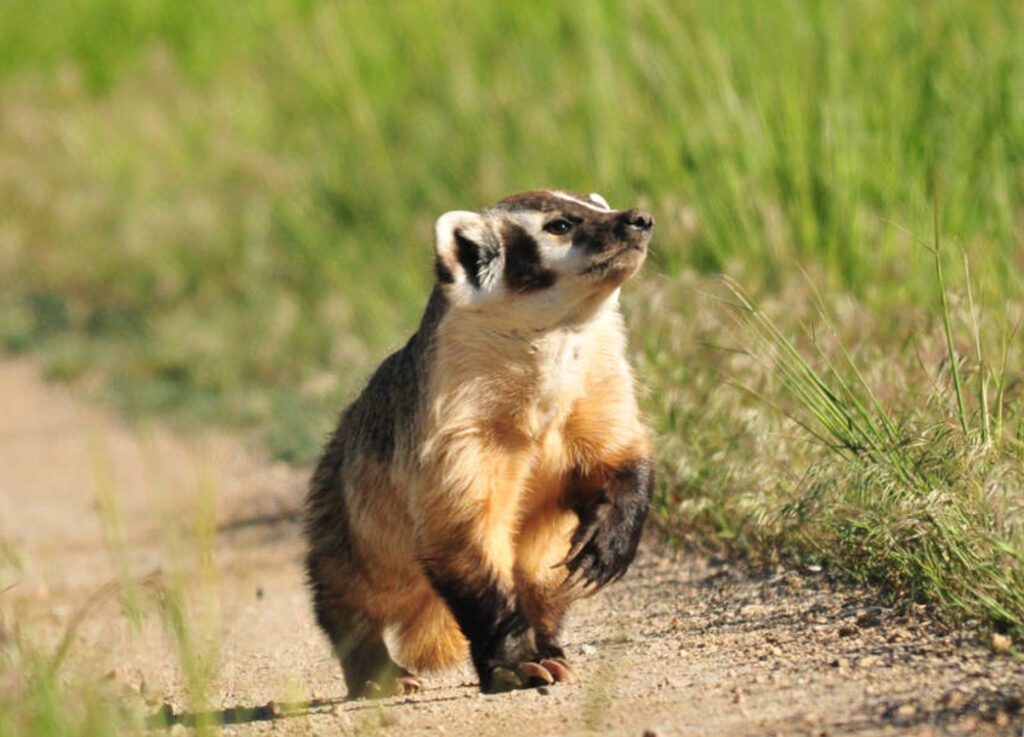
American Badger
American badger (Taxidea taxus jeffersonii) are well adapted to digging, having a flattened body and broad front paws that they use to excavate burrows and dig out prey. It is found in open grasslands with sandy soils where it can dig most easily. dig for prey, such as groundhogs prairie dogs and ground squirrels. Their foreclaws can grow as long as 5 cm (2 inches) long. They are members of the Mustelidae, a diverse family of carnivorous mammals including weasels, ferrets and otters.
Potential Ex Situ Role(s): Reinforcement
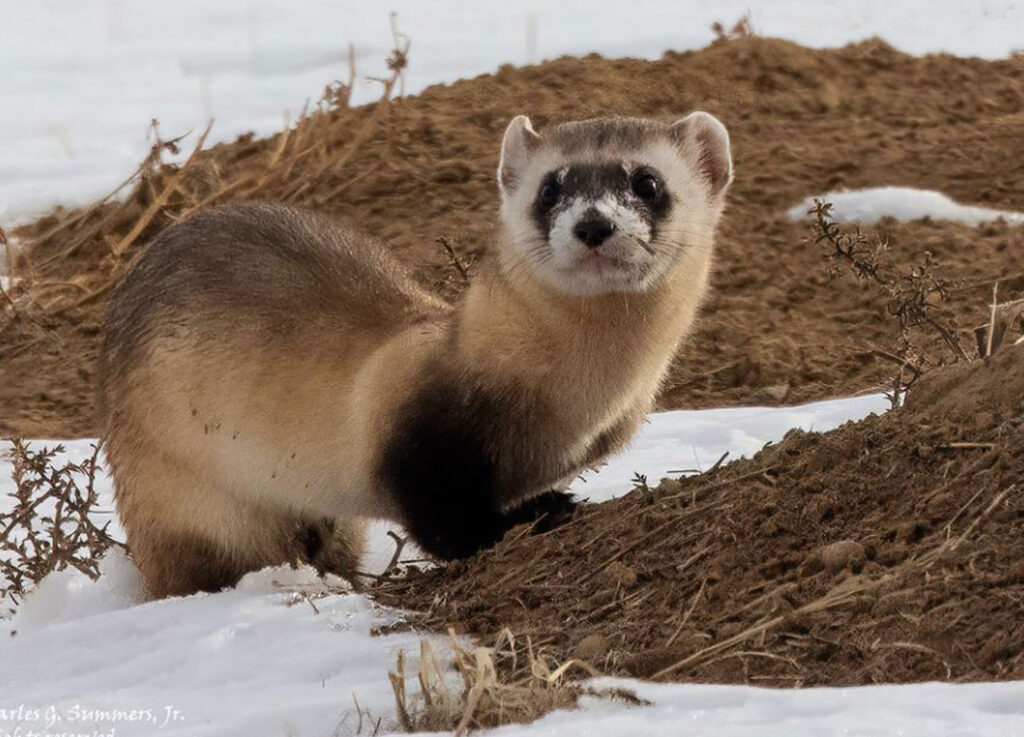
Black-footed Ferret
Formerly widespread in central North America, the black-footed ferret (Mustela nigripes) was thought to be extinct, largely as a result of prairie dog and predator control, until a small population was found in Wyoming in 1981. Eighteen survivors were brought into human care, where 7 bred. Through the conservation breeding and reintroduction program, over 1000 wild-born individuals now occur in over a dozen populations and the species has been down-listed to ‘endangered’.
Potential Ex Situ Role(s): Reintroduction (underway), Insurance Population (established)
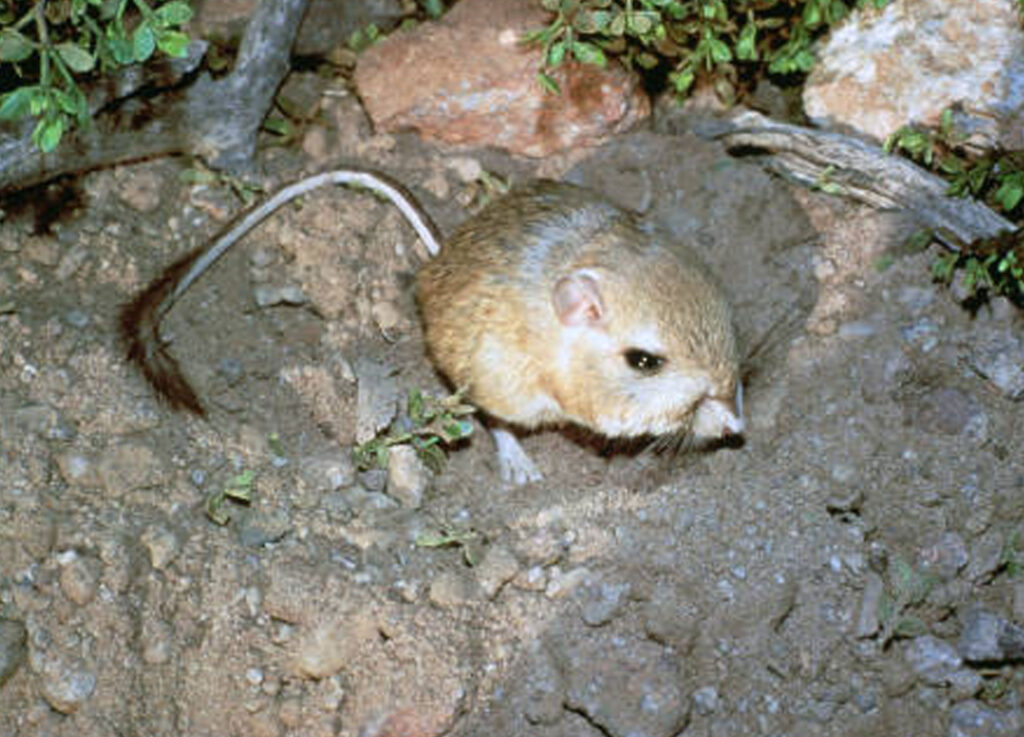
Ord’s Kangaroo Rat
Despite its name, Ord’s kangaroo rat (Dipodomys ordii) is not related to rats (Rattus sp.) but is instead a member of the Heteromyidae family, which includes mice and other kangaroo rats. Ord’s kangaroo rat, often considered a keystone species, is widely distributed in grasslands and deserts of western United States but is endangered in Canada, where it occurs only in one small area of sand hills in Albert and Saskatechewan. It is a habitat specialist and requires an open or sparsely vegetated, sandy habitat.
Potential Ex Situ Role(s): Reintroduction (translocation study completed to assess technique)
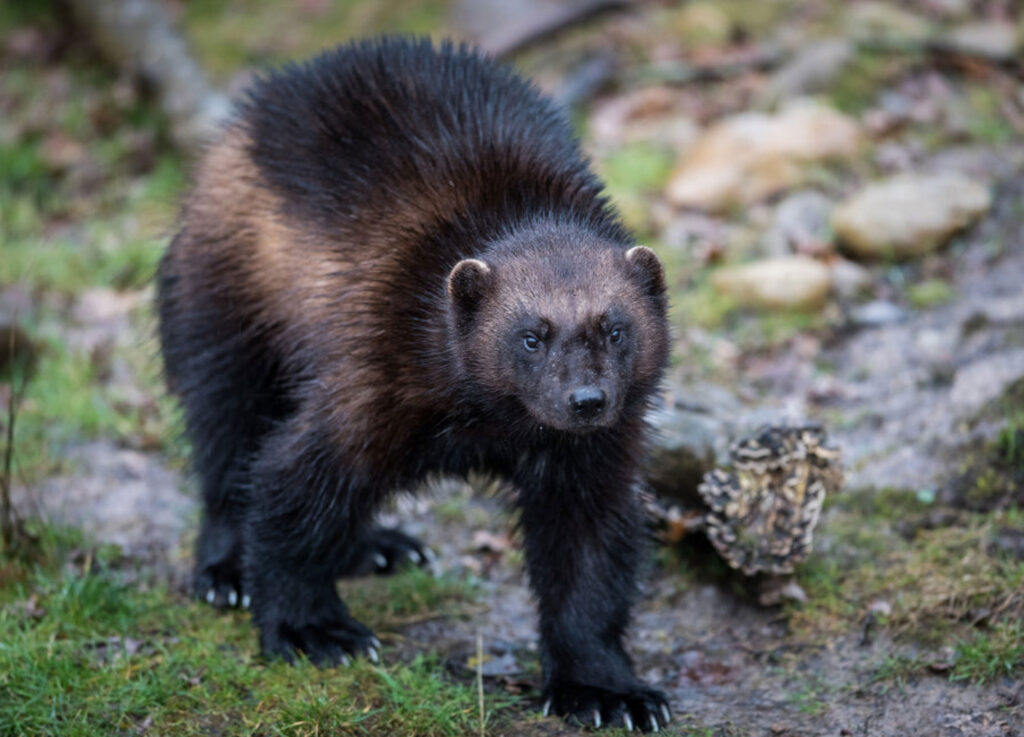
Wolverine
Wolverines (Gulo gulo) were once found across northern Eurasia and North America. They are the largest land-dwelling member of the Mustelidae, which includes ferrets, weasels and otter, but more closely resemble a bear. In Canada, the species has been extirpated in some areas, such as Vancouver Island, but remain stable in other areas such as the Yukon. Wolverines are solitary animals that have large home ranges and require large roadless areas of wilderness.
Potential Ex Situ Role(s): Reintroduction (captive breeding underway)
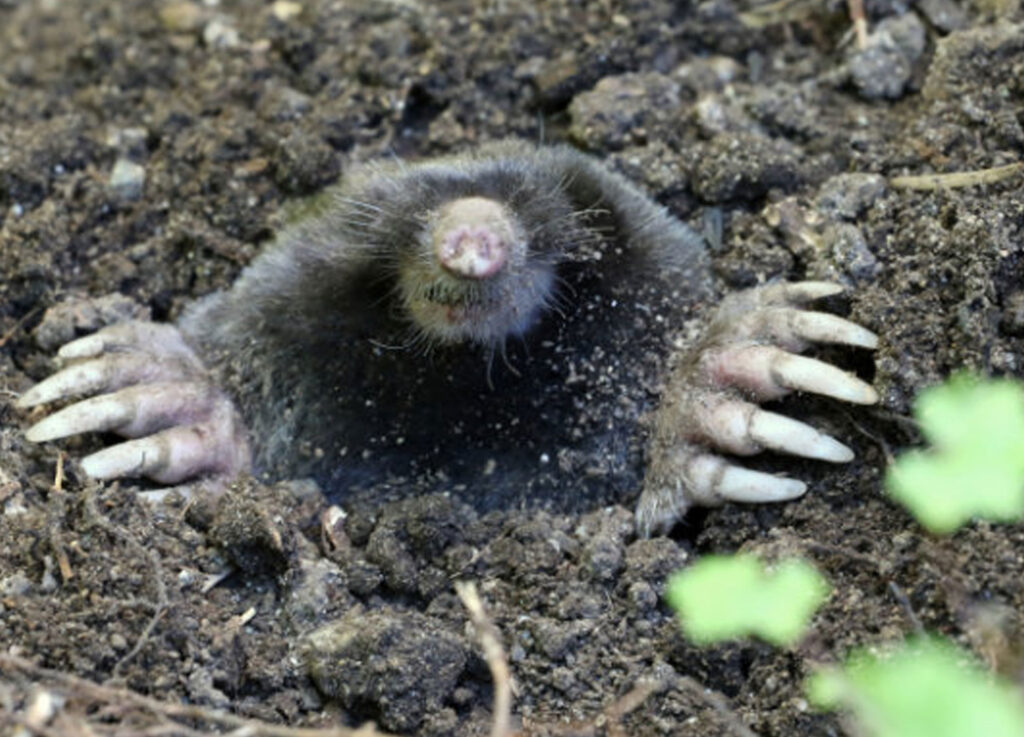
Townsend’s Mole
The Townsend’s mole (Scapanus townsendii) reaches the northern limit of its range in Canada, where it is found in only a small area of the Fraser Valley in British Columbia. It is the largest species of mole and restricted to certain soil types. Because as they spend almost all of their time in underground tunnels, many questions remain about the species. They are endangered in Canada, due to agricultural practices, pest control and habitat degradation and fragmentation
Potential Ex Situ Role(s): Reinforcement
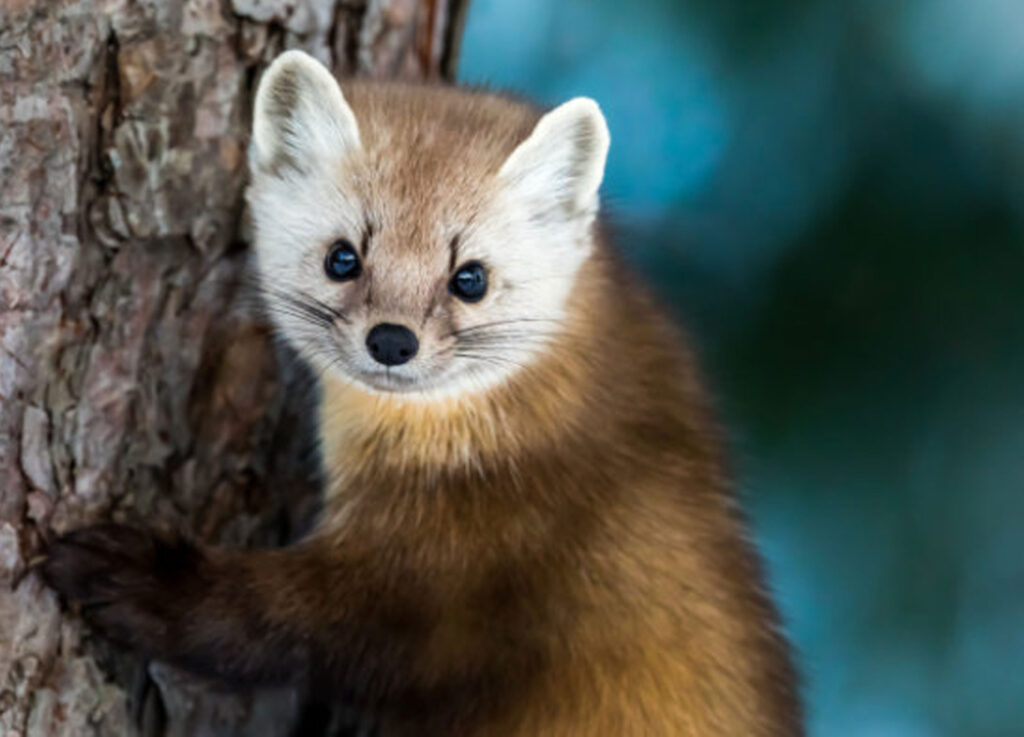
American Marten
The American marten (Martes americana) is a member of the family Mustelidae with a broad range across North America. Past extensive logging and trapping for pelts led to extirpation in some areas. Reintroductions have taken place in portions of the species range where extinction occurred. The Newfoundland subspecies (M. a. atrata) is considered threatened. The Pacific subspecies (M. a. humboldtensis), sometimes considered a separate species, even more so, with only a few hundred hundred individuals remaining.
Potential Ex Situ Role(s): Reinforcement, Reintroduction
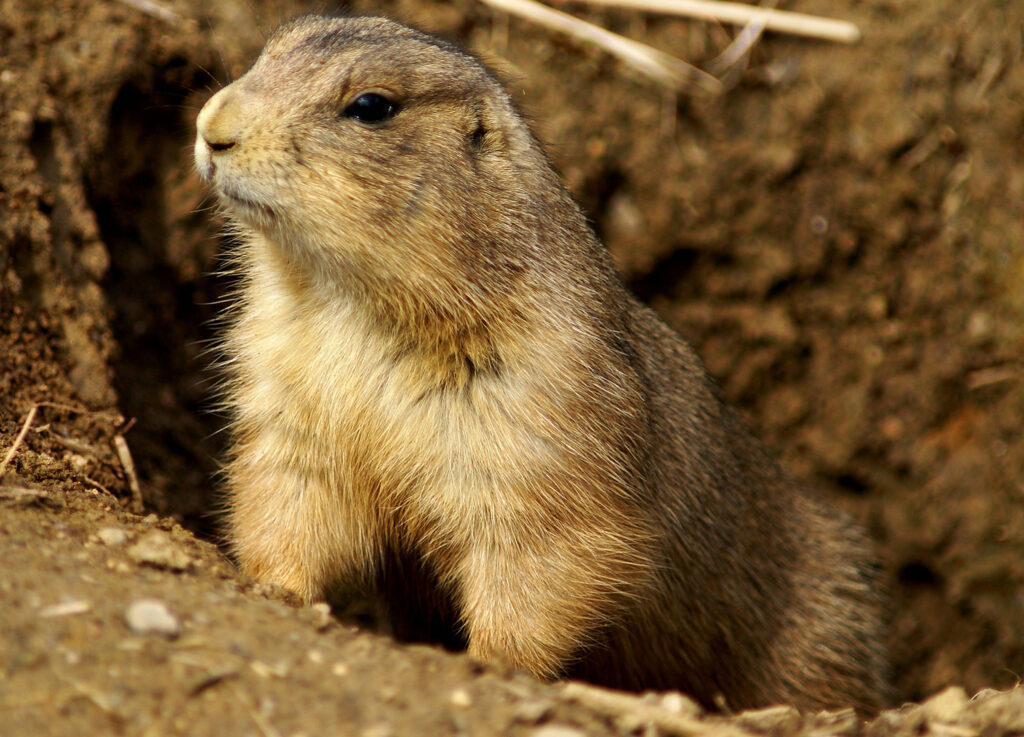
Black-tailed Prairie Dog
The black-tailed prairie dogs (Cynomys ludovicianus) live in colonies where they are an important component of short and mixed-grass prairie and other grassland ecosystems. The species foraging and burrowing activities provide breeding habitat for other species, including the endangered burrowing owl (Athene cunicularia). In Canada, black-tailed prairie dogs are restricted to a relatively small protected area of southern Saskatchewan. Sylvatic plague and drought can cause significant population declines. Photo: Aaron Siirila, CC BY-SA 2.5
Potential Ex Situ Role(s): Reinforcement, Reintroduction, Insurance Population
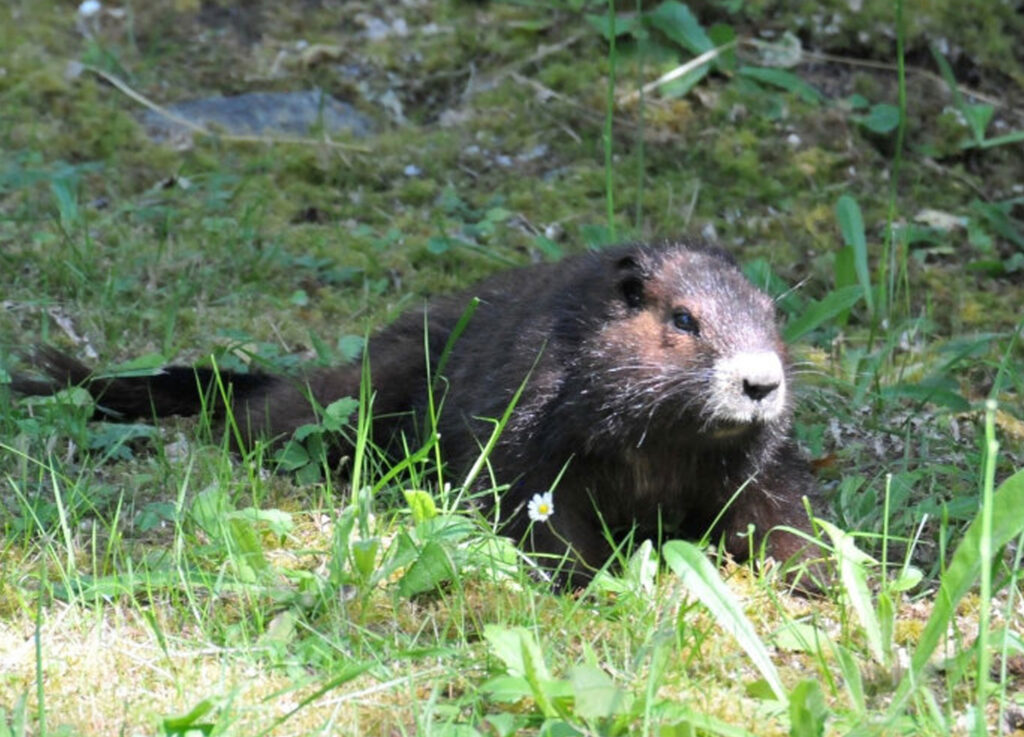
Vancouver Island Marmot
The Vancouver Island marmot (Marmota vancouverensis) is one of only five endemic species of mammal in Canada. They are found only on Vancouver Island in British Columbia, in subalpine meadows. Marmots are the largest members of the squirrel family (Sciuridae). Due to conservation breeding and population augmentation, the population has grown from a low of less than 30 individuals in in the wild 2003 to more than 250 in 2015. Photo: Alina Fisher, under a Creative Commons Attribution licence.
Potential Ex Situ Role(s): Reinforcement (underway), Insurance Population (established)
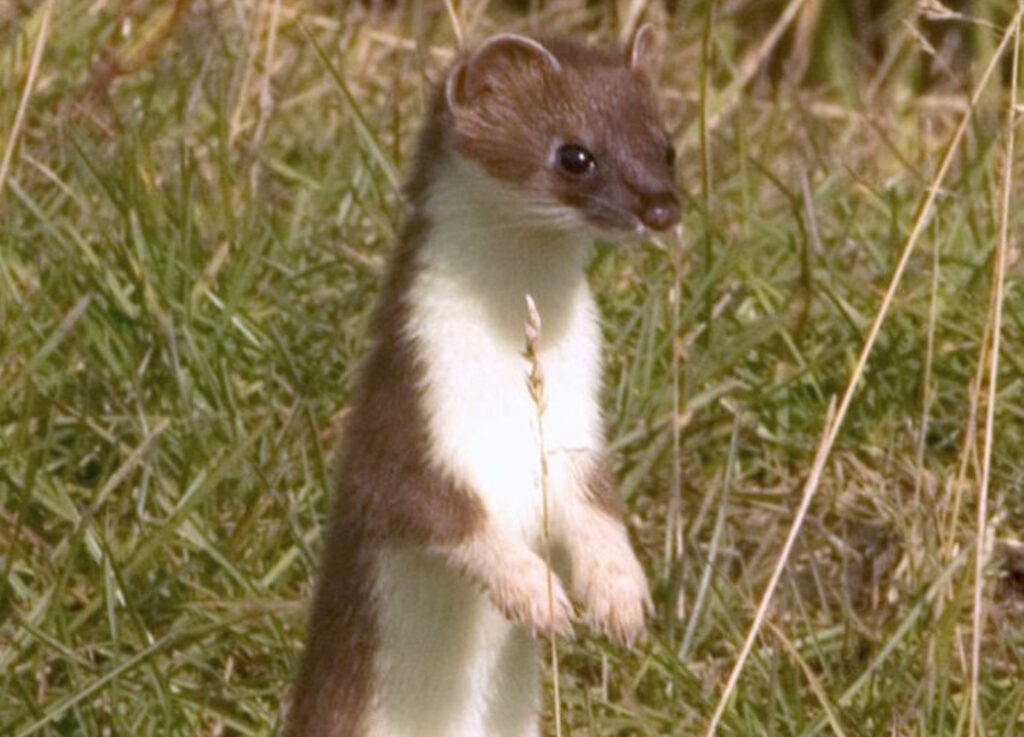
Ermine
The ermine (Mustela erminea), also commonly called short-tailed weasel or stoat, is a small but ferocious carnivore. The species occurs everywhere in Canada, except southeastern Saskatchewan. A genetically distinct subspecies (M. e. haidarum) is known only from Haida Gwaii and is at risk of extinction. During the summer, the small mammal is mostly chocolate brown with white underparts and toes. During the winter, the ermine becomes all white, except for a black tip to its tail.
Potential Ex Situ Role(s): Reinforcement
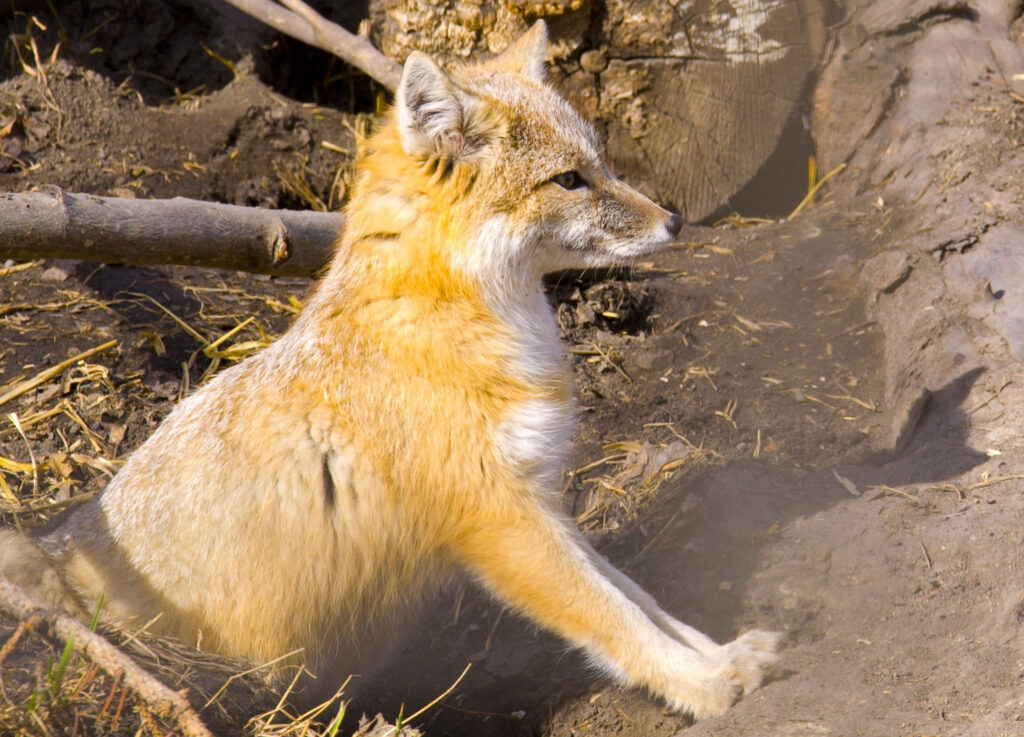
Swift Fox
Swift foxes (Vulpes velox) are one of the fastest animals in North America and, a highly specialized member of the biodiversity of the Canadian prairies. Historically found in central United States and the Canadian Prairies, by the 1930s, the swift fox was believed extirpated from Canada. Conservation breeding and reintroduction efforts have been successful in bringing the species back in the wild, but swift foxes are still under threat from various causes.
Potential Ex Situ Role(s): Reintroduction (complete!)
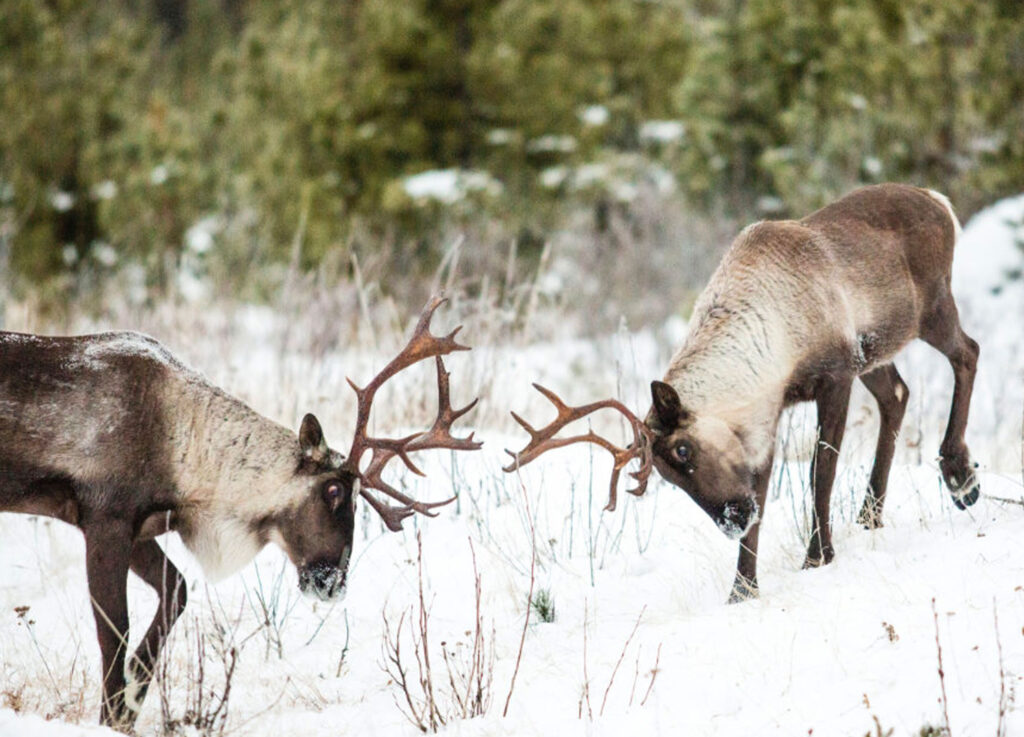
Caribou
Caribou (Rangifer tarandus), also known as reindeer outside of Canada, have a circumpolar distribution. Despite exhibiting substantial variation in habits and habitats, only one species is recognized world-wide. Some caribou populations remain in one area year-round, while others undertake long migrations, traveling in groups of hundreds or thousands, between calving and wintering grounds. Caribou populations are declining throughout Canada, with many herds now considered to be on the brink of extirpation. Photo: David Moskowitz
Potential Ex Situ Role(s): Reinforcement (under consideration), Insurance Population
